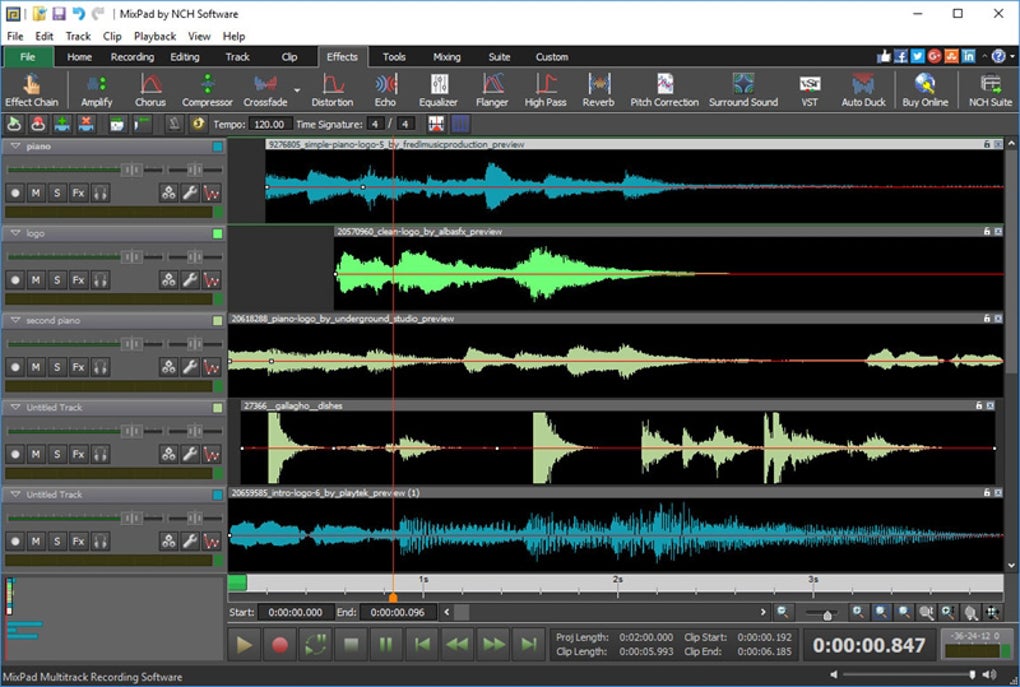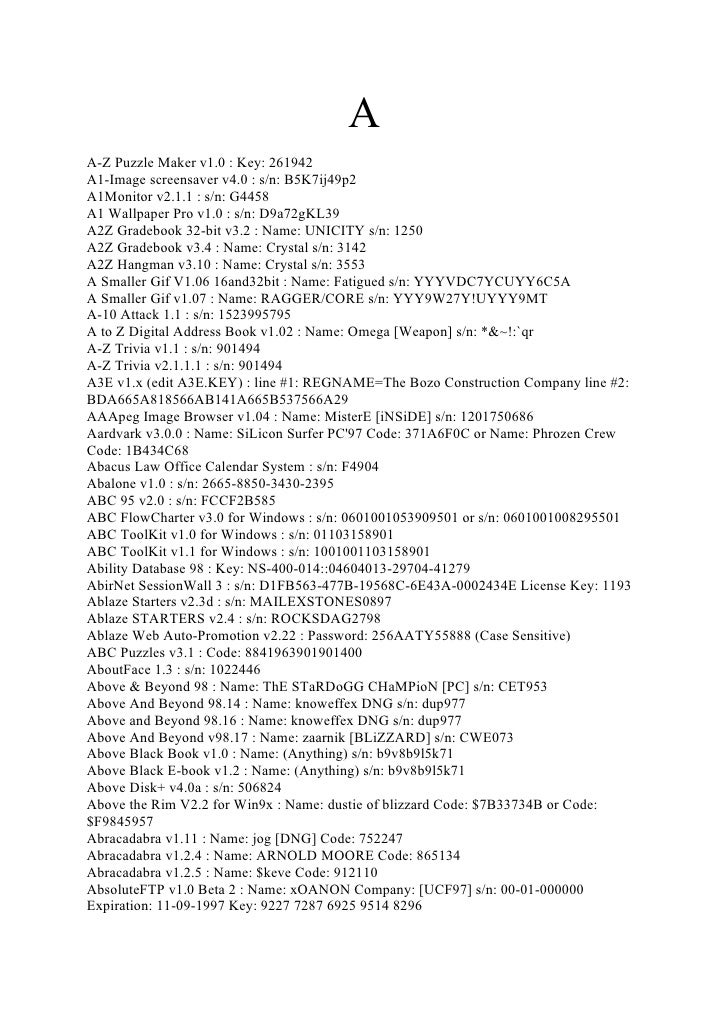Free code composer studio 5.5 download. Development Tools downloads - Code Composer Studio by Texas Instruments and many more programs are available for instant and free download. Trusted Windows (PC) download Awning Composer 5.4.5261.32206. Virus-free and 100% clean download. Get Awning Composer alternative downloads.
Code Composer Studio is anintegrated development environment (IDE) that supports TI’sMicrocontroller and Embedded Processors portfolio. Code Composer Studiocomprises a suite of tools used to develop and debug embeddedapplications. It includes an optimizing C/C++ compiler, source codeeditor, project build environment, debugger, profiler, and many otherfeatures. The intuitive IDE provides a single user interface taking youthrough each step of the application development flow. Familiar toolsand interfaces allow users to get started faster than ever before. CodeComposer Studio combines the advantages of the Eclipse softwareframework with advanced embedded debug capabilities from TI resulting ina compelling feature-rich development environment for embeddeddevelopers.
2.1.1. Hardware¶

| Memory | Disk space | Processor | |
|---|---|---|---|
| Minimum | 4GB | 900MB | 1.5GHz single core |
| Recommended | 8GB | 3.5GB | 2.0GHz dual core |
2.1.2. Operating System¶
Please note that Code Composer Studio is a 64bit application and thus will not run on 32bit operating systems.
2.1.2.1. Windows¶
- Windows 10 64bit
- Windows 8 64bit
- Windows 7 64bit
2.1.2.2. Linux¶
Supported distributions include:
- Ubuntu 20.04 64bit
- Ubuntu 18.04 64bit
- Ubuntu 16.04 64bit
Code Composer Studio will run on other distributions but these are theofficially supported and tested distributions.
More information on installation instructions as well as debug probe and device supportis available in the Linux Host Support page.
2.1.2.3. macOS¶
Code Composer Studio device support on macOS is limited tomicrocontrollers (MSP, C2000, SimpleLink, Tiva and Hercules) and doesnot include processors (Sitara, DSP, KeyStone, mmWave).
Versions Supported
Each Code Composer Studio release is validated against a set of macOS releases. This release was validated with:
- macOS 10.15 (Catalina)
- macOS 10.14 (Mojave)
- macOS 10.13 (High Sierra)
More information on installation instructions as well as debug probe and device supportis available in the macOS Host Support page.
Code Composer Studio is based on the Eclipse open source software framework. Hence understanding some of the basicconcepts of Eclipse will lead to a better understanding of Code Composer Studio. Some of the more commonly referenced concepts are describedbelow.
2.2.1. Workbench¶
The Workbench refers to the main user interface. The Workbench containsall the various views and resources used for development. When theWorkbench is launched, the first dialog prompts for location ofworkspace. After the workspace location is chosen, asingle Workbench window is displayed. A Workbench window offers one ormore perspectives.
Multiple Workbench windows can be opened using the Window → NewWindow menu. While each Workbench window can differ visually(arrangement of views, toolbars and such), all windows refer to the sameworkspace and the same running instance of Code Composer Studio. If aproject is opened from one Workbench, that same project will be presentin all the Workbench windows.
2.2.2. Workspace¶
The workspace is the main working folder for Code Composer Studio. Theworkspace stores references to all projects even if the projectsthemselves do not physically reside inside the workspace folder. Thedefault location of new projects will be within the workspace folder.Once a project has been added to the workspace, it will be visible inthe Project Explorer view.
Code Composer Studio will prompt for the workspace folder location whenyou launch the application. It is possible to specify to use theselected folder as the default folder to avoid being prompted in thefuture
The workspace folder is also used to store user information such as userinterface preferences and settings.
Workspaces are user specific and are not typically shared between users.You would not check your workspace into source control to share withother team members. You would check your projects into source controland each user would have their own workspace that references theprojects.
It possible to have multiple. Only one workspace is active at a time inCode Composer Studio but you can switch workspaces using the File →Switch Workspace… menu.
2.2.3. Perspective¶
A perspective defines the layout of views, menus and toolbars in theWorkbench window. Each perspective provides a set of functionality aimedat accomplishing a specific type of task. For example, the CCS Editperspective contains views most commonly used during code development,such as the Project Explorer, Editor and Problems view. When a debugsession is started, Code Composer Studio will automatically switch tothe CCS Debug perspective. This perspective by default containsviews associated with debugging.
It is possible to manually switch between perspectives using theperspective buttons at the top right of the Workbench or by using theWindow → Perspective menu. Any changes made to a perspective will bepreserved the next time the perspective is opened. A perspective can bereset to the default arrangement via the Window -> Perspective → ResetPerspective menu. New perspectives can be created simply by saving thecurrent perspective as a new name Window → Perspective → SavePerspective As… menu.
There is a CCS Simple perspective available that can be accessedfrom the Getting Started view. This perspective is used for bothediting and debugging and has been designed to expose just the mostbasic functionality to make it easier for users who are familiar withmore simple environments.
2.2.4. View¶
Views are windows within the main Workbench window that provide visualrepresentation of information or data. The Workbench window mainlyconsists of the editor and a collection of views. Examples of some viewsare Debug, Problems, Memory Browser, Disassembly.
2.2.5. Resource¶
Resources is a collective term for a project, folder or file that existsin the Workspace.
2.2.6. Project¶
Projects typically contain folders and files. Like the workspace, aproject maps to a physical folder in the file system. The defaultlocation, when creating a new project, is in a subfolder (of the projectname) within the workspace folder. However a folder outside theworkspace can also be chosen. Once the project is created, a referenceto it will be made in the workspace and the project is now available foruse within the Workbench and visible from the Project Explorer.
Projects are either open or closed. When a project is closed, it isstill part of the workspace, but it cannot be modified by the Workbench.The resources of a closed project will not appear in the Workbench, butthe resources still reside on the local file system. Closed projectsrequire less memory and are not scanned during routine activity. Henceclosing unnecessary projects can improve performance of Code ComposerStudio. Note that closed projects will still be visible in Project Explorerso that they can easily be opened when needed.
A project becomes part of a workspace by being created in the workspaceor by being imported into the workspace.
The Project Explorer shows all projects that are part of the activeworkspace. Note that the view is mostly a representation of thefilesystem of the project folder. Hence when creating a subfolder andmoving files to that subfolder from within the Project Explorer, theactual file system is being altered. Similarly changes made to the filesystem will be reflected in the Project Explorer. Note that not allfiles that appear in the view will exist in the file system and viceversa. Linked files will appear in the view but because they arereferences and not actual copies, the references do not appear in theactual file system. The Includes folder that appears in the ProjectExplorer displays all of the include paths setup for the project and isnot a physical folder.
2.2.7. File¶
Files can either be added or linked to a project. When a file is addedto a project, the file is copied to the root location of the projectfolder. There is also the option to ‘link’ a file to a project. Thiswill simply have the project create a reference to the file instead ofcopying the file into the project folder.
There is no license fee associated with Code Composer Studio. Users arefree to download and install Code Composer Studio without having topurchase a license. The license terms for Code Composer Studio are shownat installation and available afterwards in the /doc folder.
Code Composer Studio is a suite of development tools including aneditor, project management system, compiler, debugger, profiling andvisualization tools.
2.4.1. IDE¶
IDE stands for Integrated Development Environment. It refers to anenvironment that brings together the tools needed to develop software.Typically this means an editor, build system and debugger. This enablesthe development of software without having to continually switch betweentools.
The editor in Code Composer Studio includes a wide breadth of featuresto make development easier. Standard features such as customizablesyntax highlighting and code completion are present, as well as moreunique features such as local history. The local history keeps track ofsource code changes and enables the comparison or replacement of thecurrent source with those in the history.
The project management system allows for the building of projects witheither the TI compiler or GCC. It also integrates with standard sourcecontrol software such as Git.
The integrated debugger allows for the debugging of applications runningon TI embedded devices and is discussed in more detail in the debuggingchapter.
2.4.2. Compiler¶
C/C++ Compilers are provided for each instruction set. In most casesthis is a TI proprietary compiler. For Cortex A devices GCC is providedbut in general it is recommended to use the compiler that is bundledwith the SDK for the device. For MSP430 and Cortex M based MCUs a TIproprietary compiler and GCC are provided. GCC is the open source GNUcompiler. Additional compilers are available from the App Center.
2.4.3. Resource Explorer¶
Resource Explorer helps you find all the latest examples, libraries,demo applications, datasheets, and more for your chosen platform.
Filtering by device, or by TI LaunchPad™ Kit, the interface enables youto filter the content to only what is relevant to your chosen platform.Resource Explorer will show you not only the resources that you haveinstalled on your local computer but also those that are located onlineand available for download. When you select an example from a softwarepackage that you have not yet installed Resource Explorer will allow youto install that package, and any necessary dependencies, and then allowyou to import the example into your workspace.
Resource Explorer can be accessed from menu View → Resource Explorer.
More information on Resource Explorer is availablehere.
2.4.4. App Center¶
Similar in concept to Resource Explorer, App Center is used to obtainadditional items required for development. While Resource Explorer isused to obtain software and documentation, App Center is primarily usedto obtain extensions or add-ons to the Code Composer Studio environmentsuch as compilers.
Resource Explorer can be accessed from menu View → CCS App Center.
More information on App Center is availablehere.
TI offers a wide selection of debug probes that enable softwaredevelopment on TI embedded processors. TI’s debug probes are designed tomeet different needs in terms of functionality and budget. Each probe iscompatible with Code Composer Studio.
Developing software typically requires downloading the resulting programto the embedded processor it was written for. A debug probe provides adebug communication pathway between a host computer and the embeddedprocessor. This allows for downloading of the program as well ascontrolling the processor to enable debugging.
Code Composer Studio 10
More information on the debug probes available for TI embeddedprocessors is availablehere.
Note that it is possible to add support for additional debug probes toan existing Code Composer Studio installation by running the installeragain and pointing it at the current installation.
The E2E support community is the primary method for obtaining supportfor developing on TI processors. Thisarticleprovides more information on support resources.
This Visual Studio Code plugin provides an interface to Composer dependency manager for PHP.It also provides schema validation for composer.json configuration files.
Installation
You must install Visual Studio Code and Composer on your system before you can use this plugin.
Visual Studio Code Installation
If Visual Studio Code is not installed, please follow the instructions here.
Composer Installation
If Composer is not installed, please follow the instructions here.
Plugin Installation
- Open Visual Studio Code.
- Press
Ctrl+Pon Windows orCmd+Pon Mac to open the Quick Open dialog. - Type
ext install composerto find the extension. - Press Enter or click the cloud icon to install it.
- Restart Visual Studio Code when prompted.
- Go to Visual Studio Code user settings and configure the composer.executablePath setting.
Configuration
You can configure the following options by making changes to your user or workspace preferences.
composer.enabled
[ Scope: Global | Optional | Default: true ]
Use this setting to enable or disable this plugin.
composer.executablePath
[ Scope: Global | Required ]
Use this setting to specify the absolute path to the composer executable on your system.
Example user settings.json on Mac/Linux:
Example user settings.json on Windows:
Important: You will be unable to use this plugin unless you configure this setting before first use.
composer.workingPath
[ Scope: Workspace | Optional | Default: null ]
Use this setting to specify the absolute or workspace relative path to your composer.json. If not specified the workspace root path is used as default.
Example user settings.json on Mac/Linux:
Example user settings.json on Windows:
Usage
All composer commands are available through the Command Pallet using F1.
Supported Commands
Composer: About
Display short information about composer.
Composer: Archive
Create an archive of this composer package.
Composer: Clear Cache
Clears composer's internal package cache.
Composer: Diagnose
Diagnoses the system to identify common errors.
Composer: Dump Autoloader



Dumps the autoloader.

Composer: Install
Installs the project dependencies from the composer.lock file if present, or falls back on the composer.json.
Composer: Remove
Removes a package from the require or require-dev.
Composer: Require
Adds required packages to your composer.json and installs them.
Composer: Run Script
Run the scripts defined in composer.json.
Composer: Self Update
Updates composer.phar to the latest version.
Composer: Show
Show information about packages.
Composer: Status
Show a list of locally modified packages.
Composer: Update
Updates your dependencies to the latest version according to composer.json, and updates the composer.lock file.
Composer: Validate
Validates a composer.json and composer.lock
Code Composer Studio 5
Composer: Version
Download Code Composer Studio 5.5 For Mac Download
Shows the composer version.
Contributing and Licensing
Download Code Composer Studio 5.5 For Mac Os
The project is hosted on GitHub where you can report issues, forkthe project and submit pull requests.
Code Composer Studio 6 User Guide Pdf
The project is available under MIT license, which allows modification andredistribution for both commercial and non-commercial purposes.
